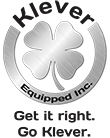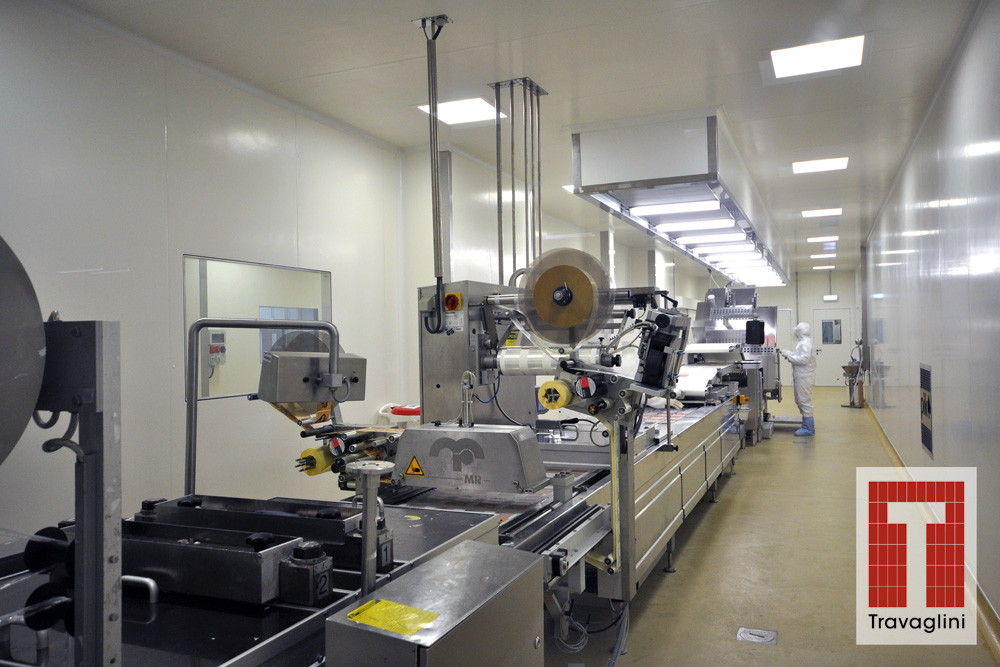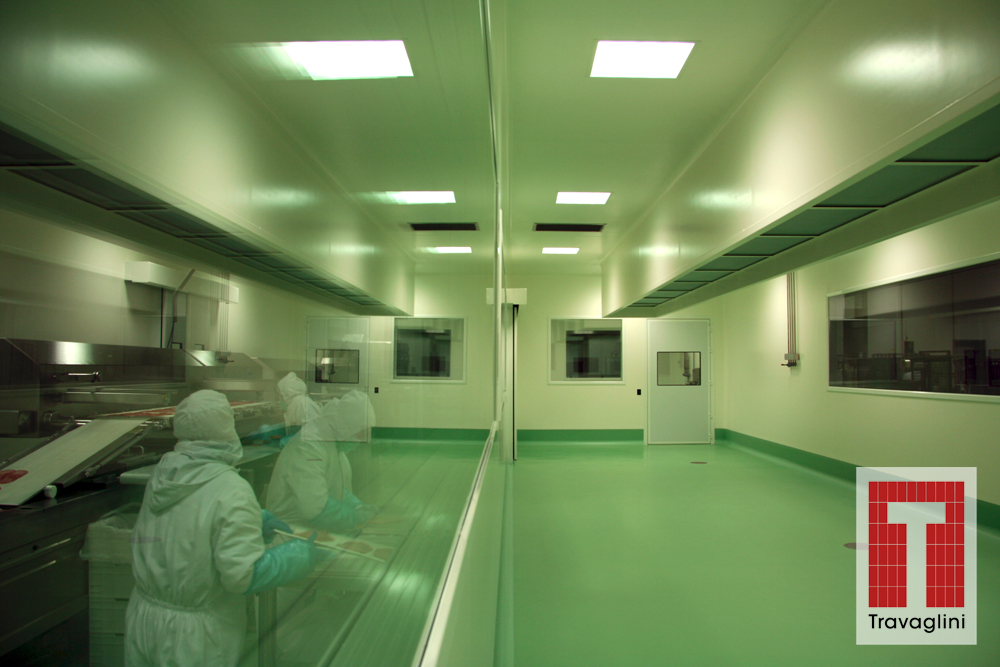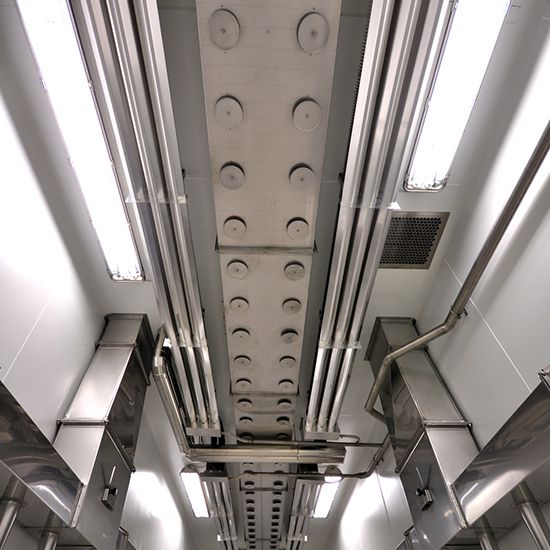Optimizing Cleanroom Environments: Travaglini Standards for Excellence
Creating a top-tier environment in cleanroom is essential for ensuring the safety and efficiency of production processes. Travaglini’s cleanroom standards are designed to maximize cleanliness and minimize contamination risks, ensuring that every workspace meets international safety and hygiene regulations.
Key Characteristics of an Ideal Cleanroom Environment
- Compact and Efficient Design: Cleanrooms are carefully designed with limited dimensions to maintain a controlled and healthy work environment. This optimization ensures that production requirements are met without compromising cleanliness.
- Strategic Work Area Placement: To minimize contamination, work areas should be positioned as far as possible from potential contamination sources. This strategic placement reduces the risk of airborne particles affecting sensitive processes.
- Flow from Least to Most Sterile: The production cycle within a cleanroom is designed to move from the least sterile to the most sterile room, ensuring that the highest standards of cleanliness are upheld throughout the process.
- Easy Access for Maintenance: All areas within the cleanroom are easily accessible for cleaning and maintenance, supporting ongoing compliance with safety and hygiene standards.
- Compliance with International Standards: Accessories and equipment within the cleanroom adhere to stringent international safety and hygiene regulations, ensuring that the environment remains free from contaminants.
Cleanroom Structure and Air Distribution
The structure and air distribution within a cleanroom are critical to maintaining a contamination-free environment. Cleanrooms are often enclosed in compact spaces optimized for specific production needs. The method of air distribution plays a significant role in determining the level of protection against contamination.
Cleanroom Air Distribution Methods:
- Unidirectional Vertical Flow: Air flows vertically from lower parts of the room or perforated flooring, keeping the clean working area in the upper part of the room.

- Unidirectional Horizontal Flow: Air enters through wall filters and is recovered by localized grates, ensuring the clean work area is positioned between the air source and potential contamination points.

- Non-Unidirectional Flow: This method allows the entire room to be treated as a clean working area, ensuring consistent air quality throughout.

- Mixed Flow: A combination of unidirectional and non-unidirectional flows, offering flexible air distribution options to suit varying production needs.

Therefore, looking at this classification we understand how choosing and properly placing filters is fundamental in the design of a clean room.
Essential Environmental Parameters in Cleanroom
Maintaining optimal environmental conditions in cleanrooms is crucial for ensuring product quality, efficient packaging, waste management, energy conservation, machine functionality, and the comfort of workers. By controlling key environmental parameters, cleanrooms can operate at peak efficiency while safeguarding both products and personnel.
Key Environmental Parameters:
- Temperature and Humidity Control: Effective humidity control is vital not only for maintaining product quality but also for preventing corrosion, condensation on work surfaces, and the buildup of electrostatic charges. Consistent temperature and humidity levels contribute to a stable and reliable cleanroom environment.
- Differential Pressures: Cleanrooms must maintain static pressures that are higher than atmospheric pressure to prevent any infiltration of contaminants. When air is expelled from the room, then it must be replaced with fresh air to sustain the required pressure levels, ensuring a controlled and safe environment.
- Optimized Lighting: Proper lighting, including the control of light levels, uniformity, and color, is essential for precision work and reducing strain on workers. Adequate lighting contributes to both the quality of the work performed and the overall safety of the cleanroom environment.
- Noise and Vibration Control: Minimizing noise and vibrations is crucial not only for the safety and comfort of workers but also for the protection of sensitive equipment. Controlling these factors helps maintain a focused and productive work environment.
Connectivity Between Working Areas:
- Minimizing Openings: To reduce contamination risks, openings between different cleanroom environments should be minimized as much as possible. This helps maintain the integrity of the controlled atmosphere in each area.
- Use of Air-Locks: Air-locks are essential for managing entries and exits between different environments with controlled atmospheres. They help maintain differential pressures and minimize the risk of contamination, ensuring the cleanroom remains a controlled and sterile environment.
Cleanroom Air Treatment Systems
Systems Class 100 
Filter:
- EU3/EU4 level filters
- EU9 pocket filters at the entrance.
Distribution from the ceiling:
- With EU14 box filtering
Air departure from the environment:
- Suction through wall grilles
System Class 10,000
Filter:
- EU3/EU4 level filters
- EU8 pocket filters at the entrance.
- EU13 absolute filters at the exit
Distribution from the ceiling:
- With finely permeable fabric channels
Air departure from the environment:
- Through ceiling grilles
System Class 100,000
Filter:
- EU3/EU4 level filters
- EU9 pocket filters at the entrance.
Distribution from the ceiling:
- With ceiling socket
- With fabric channels
Air departure from the environment:
- Through ceiling grilles
Working phases
The equipment, in addition to its normal function as an air conditioning unit, expels humid air generated while the work environment is being washed. In this phase, the air treatment unit introduces hot air to facilitate the drying of surfaces and equipment.
The equipment is designed for working in four distinct phases;
- Production phase: checking temperature and ambient humidity

- Cleaning phase: at the end of the working phase, caring out the necessary cleaning operations in the room

- Drying phase: after washing, the room is dried

- Maintenance phase: the period following the drying phase and preceding a new working phase
 Contact us today
Contact us today



